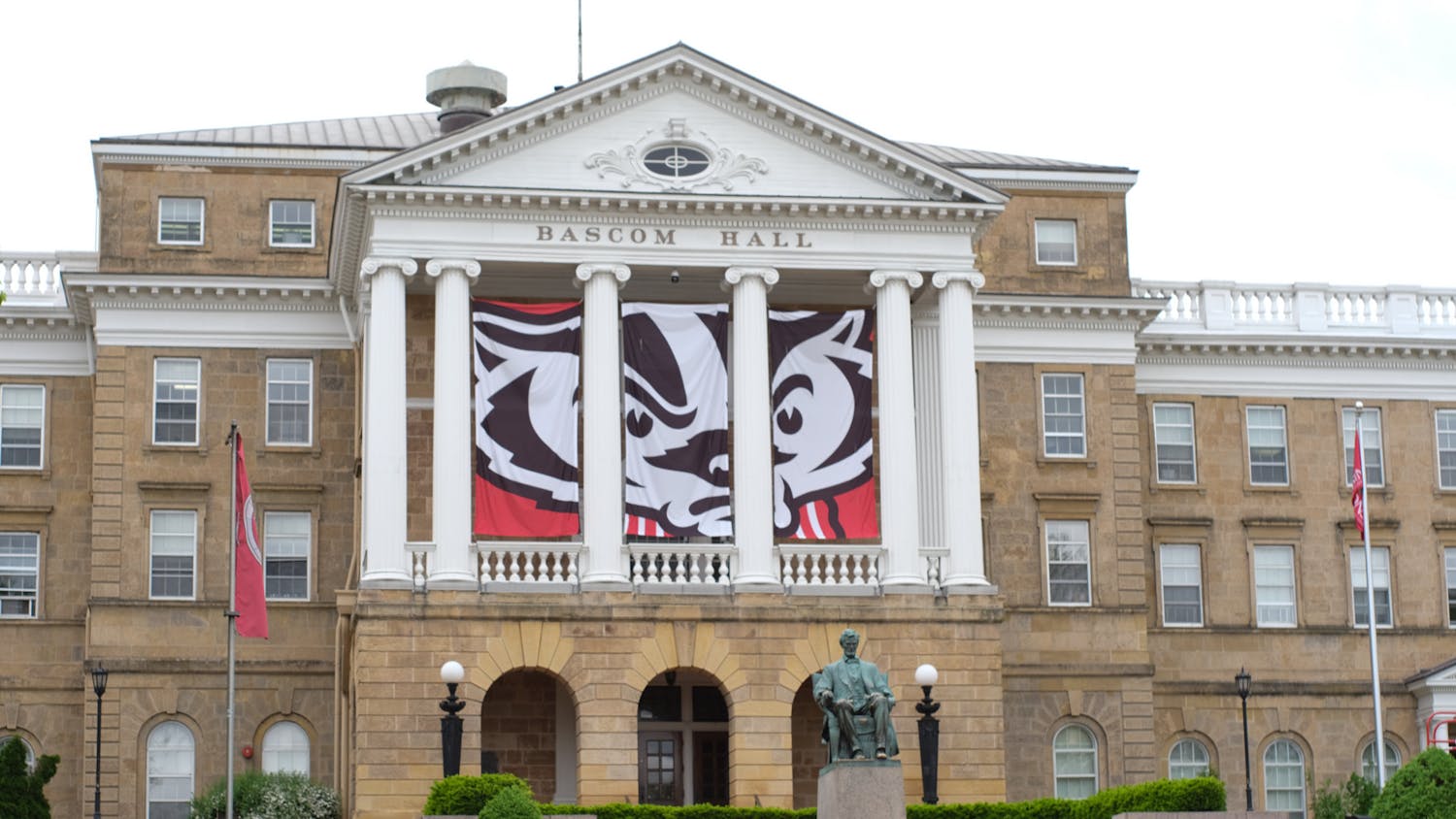Genetic sequencing of COVID-19 shows a statewide pattern of geographic mixing between previously distinct strands of the virus from Dane and Milwaukee Counties, according to UW-Madison researchers.
University researchers Thomas Friedrich and David O’Connor— and their labs — analyzed the spread of the coronavirus in a Nov. 3 study published in Nature Journal. The initial data indicated Dane and Milwaukee Counties had limited genetic mixing, with reduced rates of spread after Gov. Tony Evers’ Safer at Home executive order was implemented.
However, new data indicates the existence of geographic mixing of once isolated strands throughout the state.
“The Safer at Home orders in the spring really did seem to keep viruses in Milwaukee and Dane counties from mixing with each other,” Friedrich said. “That compartmentalization has stopped and now, in fact we see the opposite … Now we’re trying to understand what are the patterns of behavior? What are the things that affect this mixing?”
The virus mutates every second transmission, or about once every two weeks. The mutations do not impact the behavior of the virus, but by looking at discrepancies in samples from specific locations or points in time, researchers can trace patterns of its spread, The Cap Times reported.
More data and sequencing will be needed before researchers can determine whether mixing between the two counties increased after the Wisconsin Supreme Court overturned the Stay at Home order in May.
Even without a definite conclusion, Friedrich and O’Connor called for more organized nationwide efforts to keep people at home.
Friedrich and O’Connor’s labs have been working on sequencing since March. According to O’Connor, wide swaths of the country have conducted little to no genetic research, whereas larger cities such as Boston, Houston, Seattle and Madison accrued “great” representative data.
“Why do we happen to have a lot of sequences from Dane County? Because you happen to have researchers here who know how to sequence in Dane County. Why do we have virtually no sequences in Green Bay?” O’Connor said. “Genetic sequencing is an example of a project that would be best coordinated on a national level, and the fact that we don’t is an indictment on our response over the last nine months.”
Friedrich further asserted that sequencing data will help promote improved public health measures. This includes examining how students increase community spread through more than just asking people, “Were you at that party? [Or], do you work in this nursing home?”
“The measures that are going to have to be taken are a lot more draconian than anything we’ve seen since March or April,” O’Connor said. “But those draconian measures need to be matched with some compassion and investment in making it so that staying at home and following those orders is reasonable. And that simply hasn’t happened.”
The labs plan to use new funding from the Centers for Disease Control and Prevention (CDC) to collaborate with other universities and health departments to learn more about the spread of coronavirus into and within Wisconsin.
“If you have a large fire happening, it’s not going to be contained to that one place, but it’s going to throw off [an] additional spark,” Friedrich said. “These genetic signatures of particular viruses lend themselves really well to helping answer this question in ways that traditional epidemiology [can’t].”






